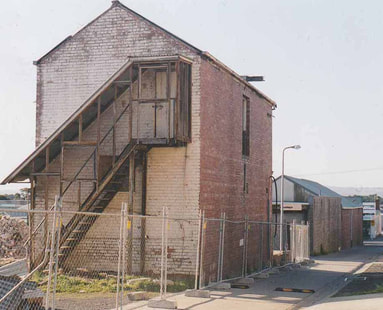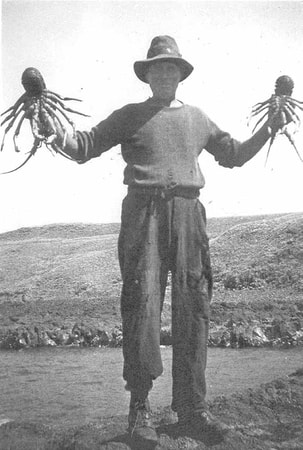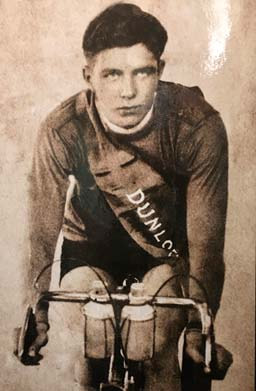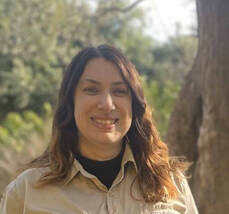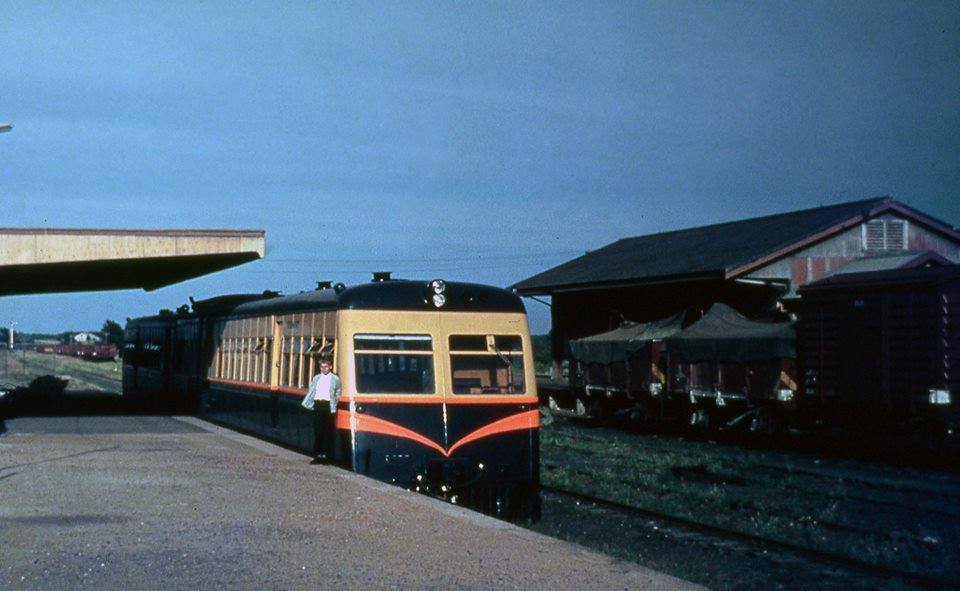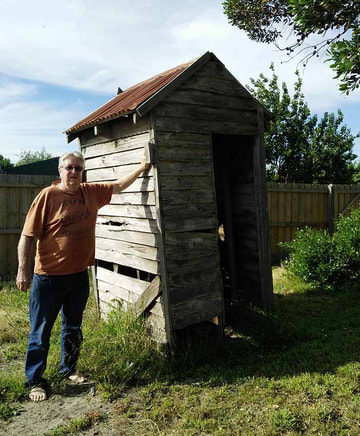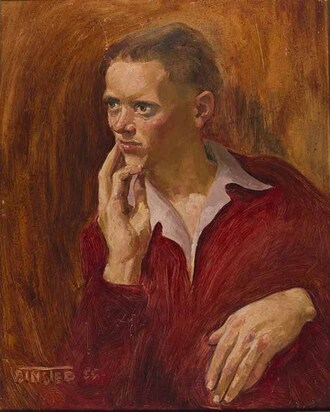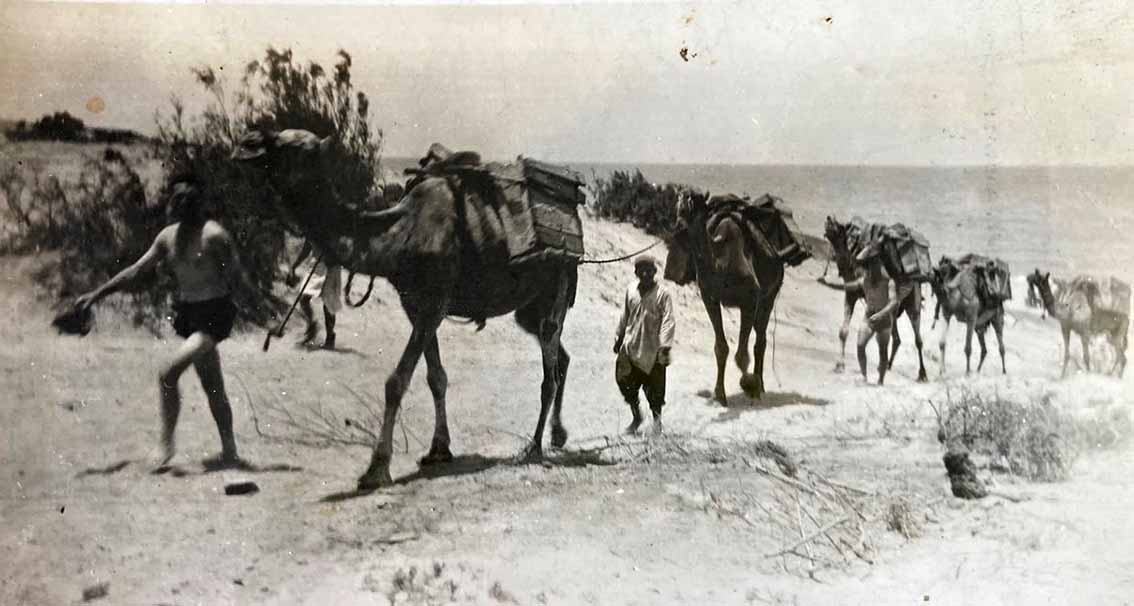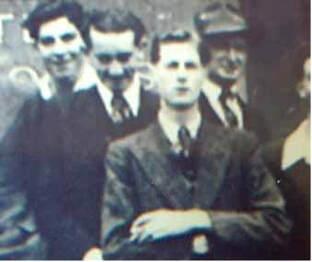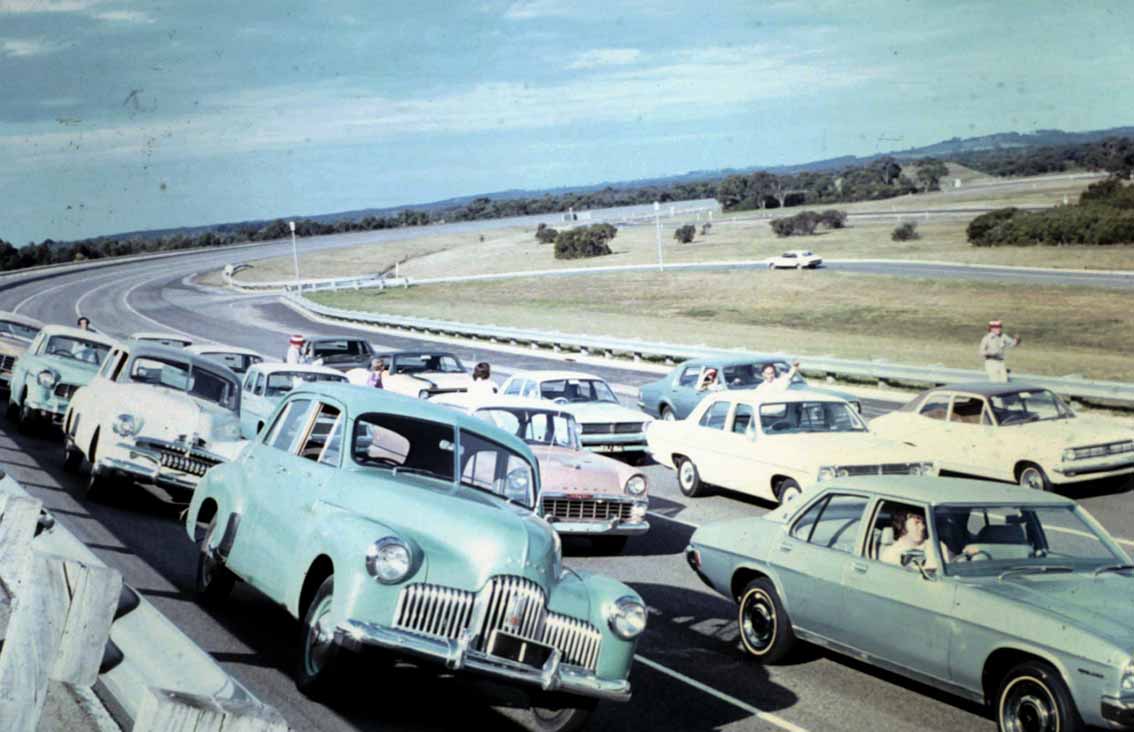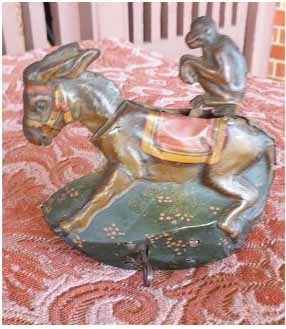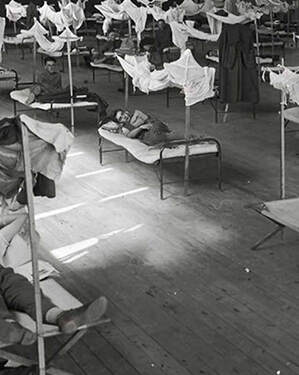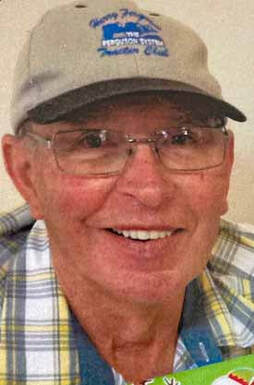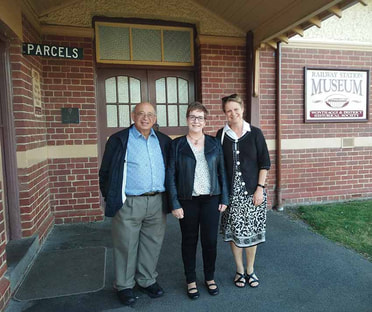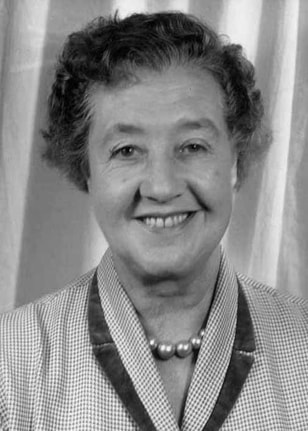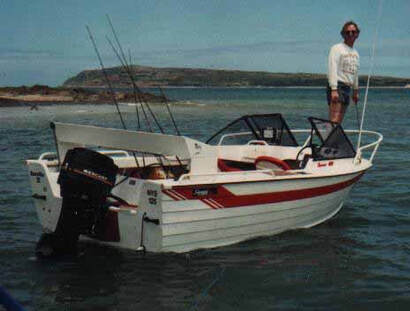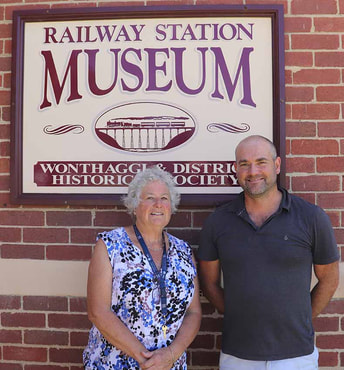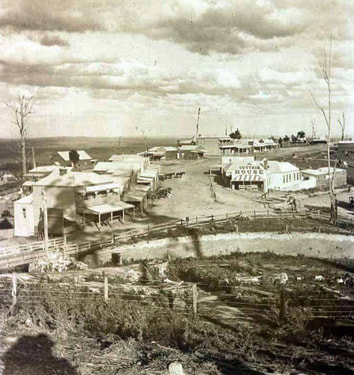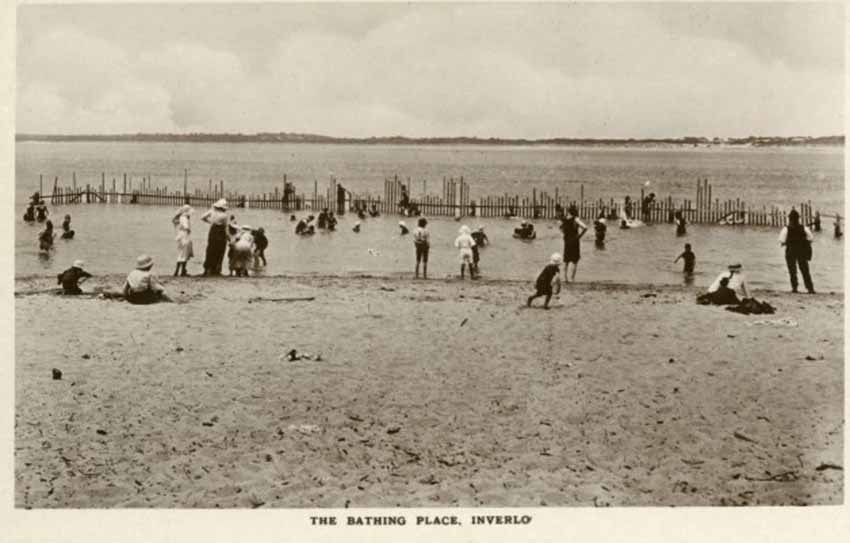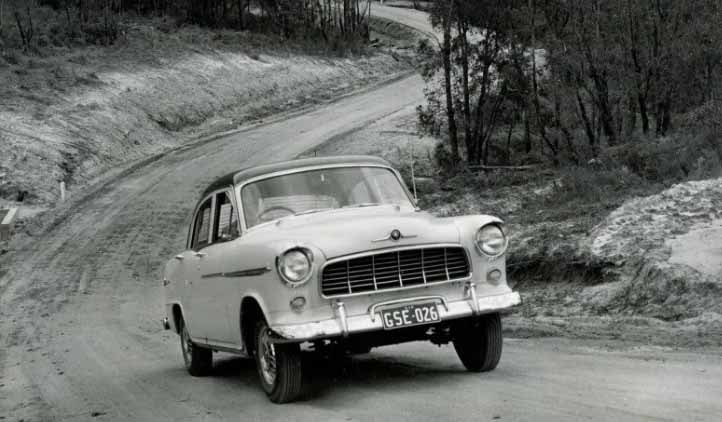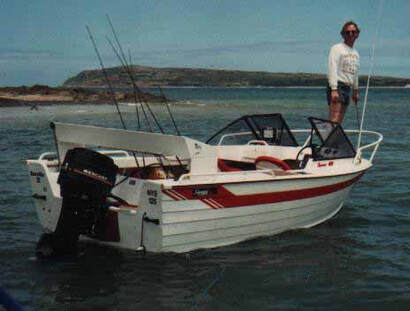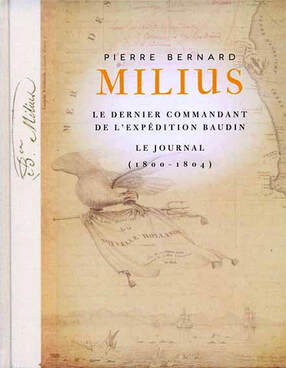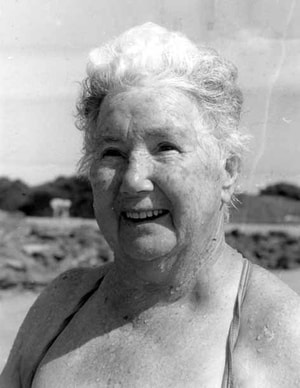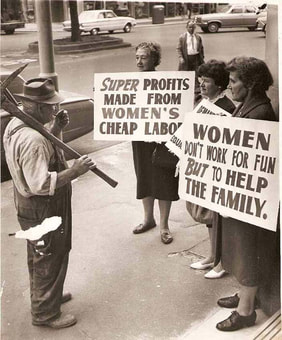 Agnes Doig takers her fight for fair pay to the city.
Agnes Doig takers her fight for fair pay to the city.
IT IS undeniable that most written history in Australia has been about men. Much of this history has used male-generated official documents as source material, and been written by men. Since about the 1970s, coinciding with both the women’s liberation movement and a growing interest in the lives of women during the Great Depression, there has been something of an explosion of history dealing with women.
It has taken a while for this trend to filter down to local history writing, including here in Bass Coast. Since Women’s History Month is celebrated in March each year in Australia, the UK and the US, I thought it might be timely to let readers know where they can easily access some most interesting women’s history relating to Bass Coast.
